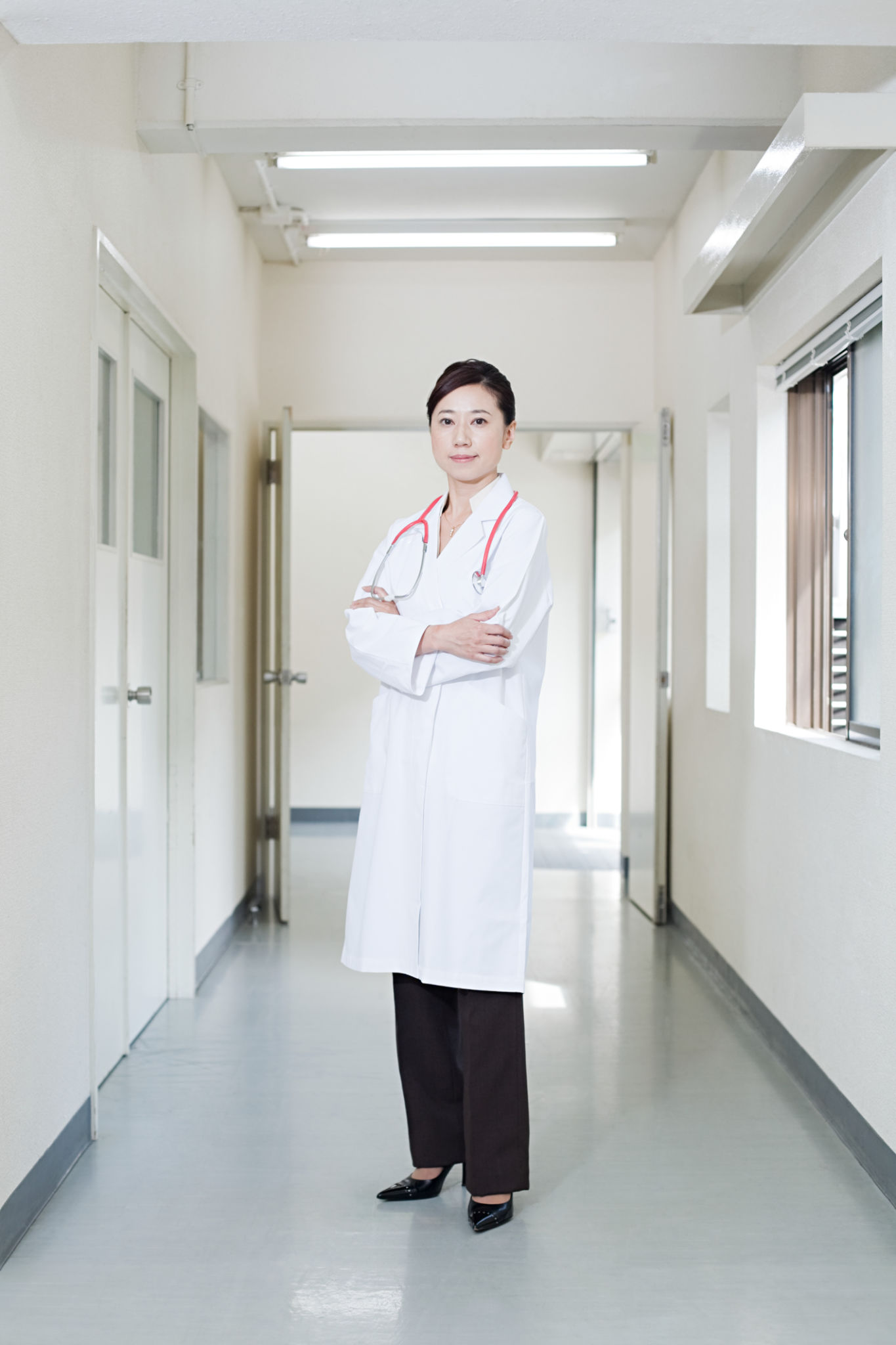Expert Tips for Ensuring Accurate Specimen Collection
Understanding the Importance of Accurate Specimen Collection
Accurate specimen collection is a critical component in the diagnostic process. It ensures that healthcare providers receive the most reliable data to diagnose and treat patients effectively. Errors in this process can lead to misdiagnosis, improper treatment, and even harm to patients. Therefore, mastering specimen collection techniques is essential for healthcare professionals.
Proper specimen collection starts with understanding the specific requirements for each type of test. Different tests may require different collection techniques, types of containers, and storage conditions. Being aware of these requirements and following them meticulously is key to obtaining accurate results.

Preparation and Verification: The First Steps
Before collecting any specimen, preparation is crucial. This involves verifying patient information to ensure the correct sample is collected from the right individual. Double-checking the test requisition form against patient details minimizes the risk of errors.
Additionally, preparing the patient is equally important. Inform them about the procedure, any necessary pre-test preparations, and what they should expect. This helps in minimizing anxiety and ensuring cooperation during the collection process.
Use of Proper Equipment
Selecting the appropriate equipment for specimen collection is vital. Each type of specimen requires specific tools, such as needles, swabs, or containers, and using the wrong equipment can compromise the specimen's integrity. Ensure all equipment is sterile and within its expiration date to maintain sample quality.

Techniques for Different Types of Specimens
Different specimens require different collection techniques. For example, blood samples might require venipuncture or fingerstick methods, while urine samples might need to be midstream or collected over 24 hours. Understanding these nuances ensures that the sample is not contaminated or compromised in any way.
Labeling specimens accurately and immediately after collection is another critical step. Each sample should be labeled with the patient’s information, date, time of collection, and type of test to be conducted. This practice reduces the risk of mix-ups and ensures traceability throughout the testing process.

Handling and Transporting Specimens
Once collected, specimens must be handled with care to preserve their integrity. This involves following specific guidelines for storage temperatures and conditions, depending on the type of specimen. For instance, some samples need refrigeration, while others must be kept at room temperature.
Transporting specimens to the laboratory in a timely manner is also crucial. Delays in transportation can lead to degradation of the sample, affecting test results. Using appropriate packaging to prevent leaks or contamination during transport is equally important.
Training and Continuous Education
Ongoing training for healthcare professionals involved in specimen collection cannot be overstated. Regular workshops and certifications ensure that they are up-to-date with the latest techniques and standards in specimen collection. This not only enhances their skills but also contributes to overall patient safety.
Incorporating a culture of continuous improvement and feedback within healthcare facilities encourages staff to maintain high standards and address any issues promptly. This proactive approach ensures that specimen collection processes remain efficient and effective.

Conclusion: Commitment to Excellence
Accurate specimen collection is a cornerstone of quality healthcare. By adhering to best practices, using proper equipment, and ensuring continuous education, healthcare professionals can significantly enhance the reliability of diagnostic tests. This commitment to excellence ultimately leads to better patient outcomes and trust in healthcare services.